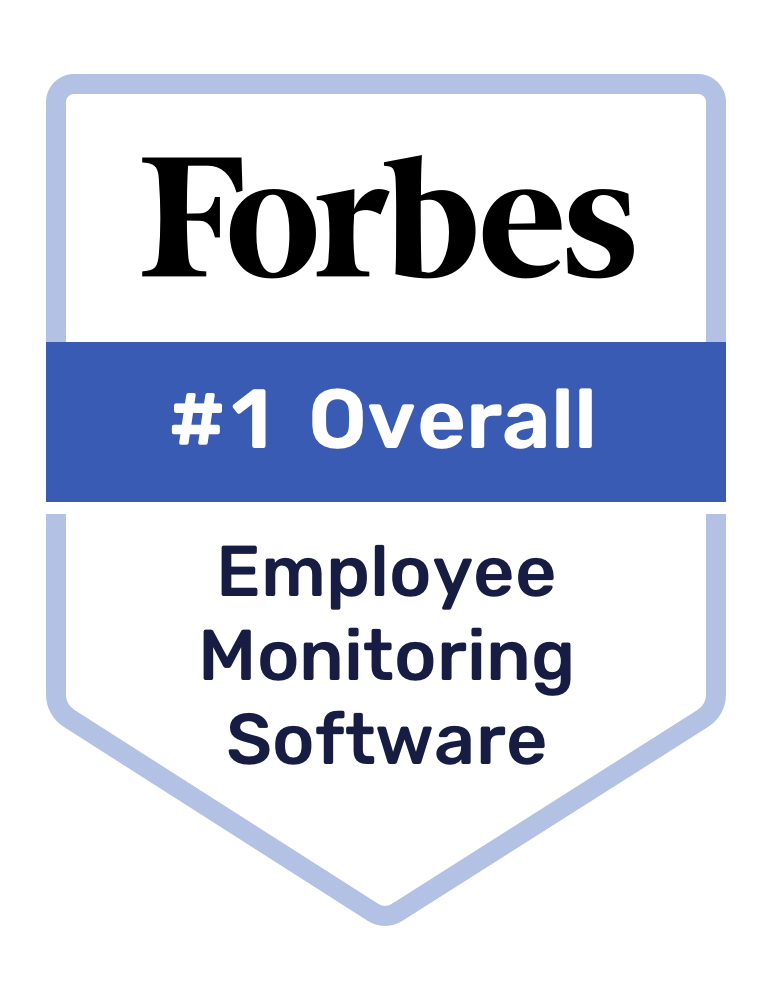
Use Endpoint User Behavior to implement
insider threat prevention|business process optimization|workforce productivity|compliance management|incident forensics|data loss prevention|employee monitoring
Capture, Analyze and Control User Desktop Activity For Any Use Case




Behavioral Analytics, Data Insights & Enforcement for All Organizations
Explore Teramind’s Product Suite
Teramind in Action
Insider Threat Prevention
Detect and prevent user actions symptomatic of insider threats to your data
Learn more

Business Process Optimization
Redefine the way you operate with data-driven behavior analytics
Learn more

Employee Monitoring
Keep track of the productivity, security and compliance behaviors of your workforce
Learn more

Forensics
Enrich incident response, investigations and threat intelligence with irrefutable evidence
Learn more

The Features That Power Teramind
Getting Started with Teramind
Step 1
Create An Account
Get a Free Trial of Teramind On-Premise or Teramind Cloud
Step 2
Install Agent
Install the agent on the machines you’ll monitor
Step 3
Customize Settings
Customize monitoring settings for your use case or use our predefined rules
Finish
Take Control
Gain visibility and actionable insights into your workforce activities via the dashboard
The Experience
Speaks For Itself
Let’s Get You Started
Protect your data, improve productivity
and manage compliance with Teramind.


